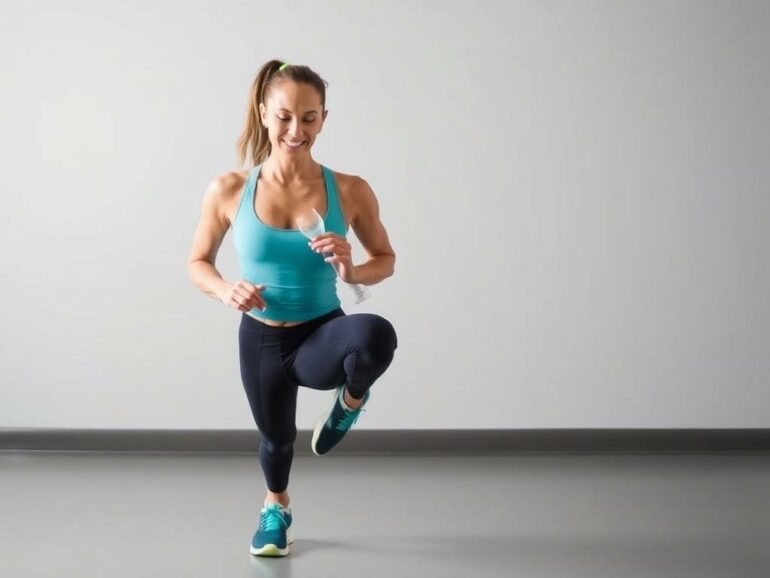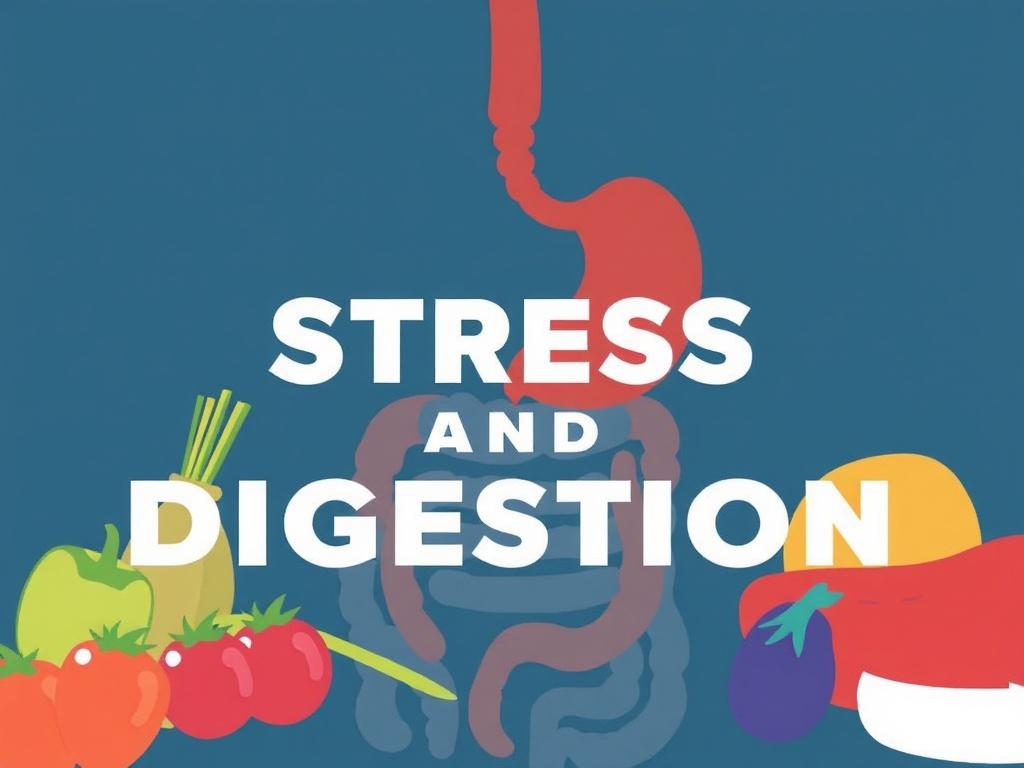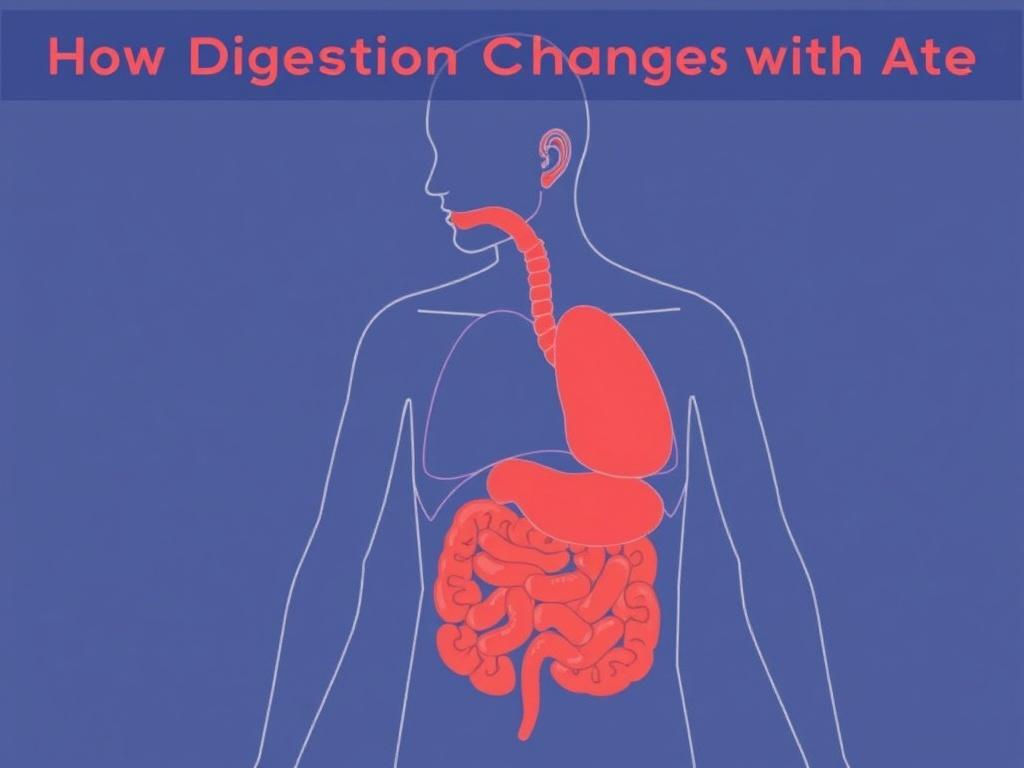We all know that exercise is good for the body and mind, but did you know it plays a crucial role in digestion too? The connection between exercise and digestion is fascinating and often underestimated. Whether you’re dealing with occasional bloating, indigestion, or just want to optimize your gut health, understanding how movement affects your digestive system can make a big difference in how you feel every day. In this article, we’ll explore how exercise helps your gut, the science behind this relationship, and practical tips to boost your digestion through physical activity.
The Science Behind Exercise and Digestion
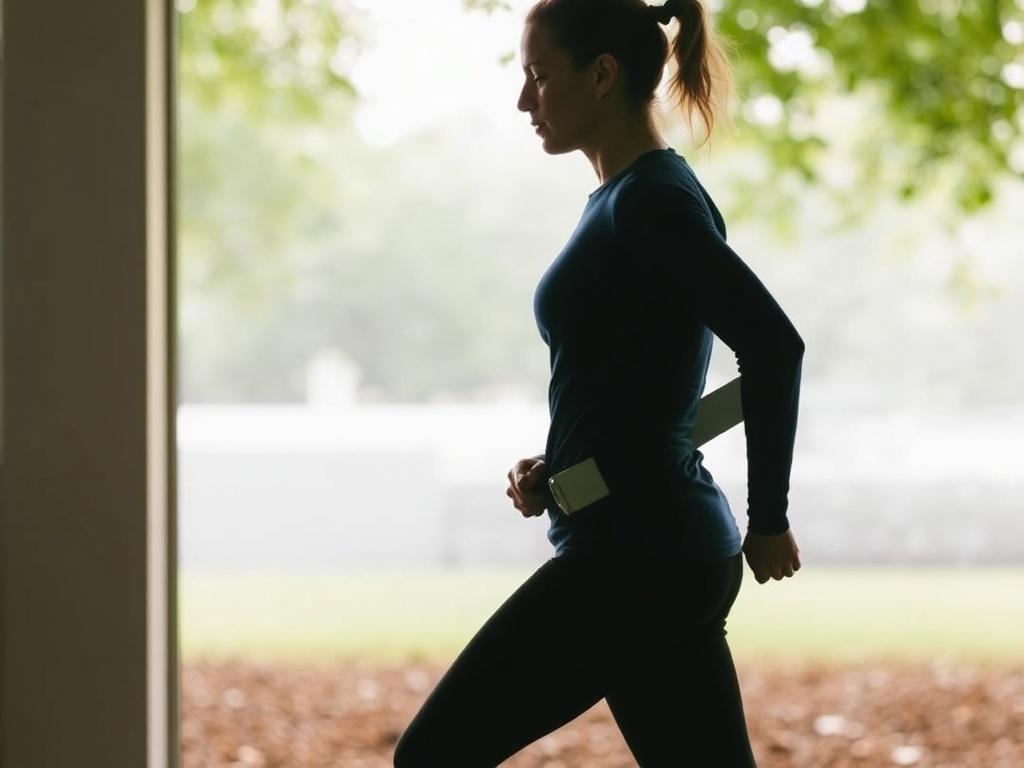
Digestion is a complex process that starts the moment food enters your mouth and doesn’t end until waste is eliminated. This process depends not only on enzymes and the health of your digestive organs but also on how well your gastrointestinal (GI) tract can move food efficiently. This movement is called “motility,” and it’s an area where exercise comes into play significantly.
When you engage in physical activity, your body triggers a series of hormonal and nervous system responses that influence gut motility. Moderate exercise helps stimulate peristalsis, which is the wave-like muscle contractions that move food through your digestive tract. This can lead to faster transit time, reducing issues like constipation and bloating.
Interestingly, exercise also impacts the microbiome—the vast community of bacteria living in your gut. Some studies suggest that people who exercise regularly have a more diverse and healthier gut microbiota, which can enhance your digestion and overall gut health.
How Does Different Types of Exercise Affect Digestion?
Not all exercises are created equal when it comes to digestion. Here’s a detailed look at how different kinds of movement influence your gut:
| Type of Exercise | Impact on Digestion | Recommended Duration |
|---|---|---|
| Walking | Stimulates gut motility gently and reduces bloating. | 20-30 minutes daily |
| Yoga | Promotes relaxation of the digestive tract, improves blood flow, and reduces stress-related digestive issues. | 30-60 minutes per session, 3-4 times a week |
| Running or jogging | Increases metabolism and accelerates food transit but can be harsh if done right after meals. | 20-40 minutes, moderate intensity |
| Strength training | Improves overall muscle tone and can help maintain a healthy weight, indirectly benefiting digestion. | 30-45 minutes, 3 times a week |
| High-Intensity Interval Training (HIIT) | Boosts metabolism but may occasionally disrupt digestion if practiced too close to mealtime. | 15-20 minutes, 2-3 times a week |
Understanding Gut Motility and Exercise
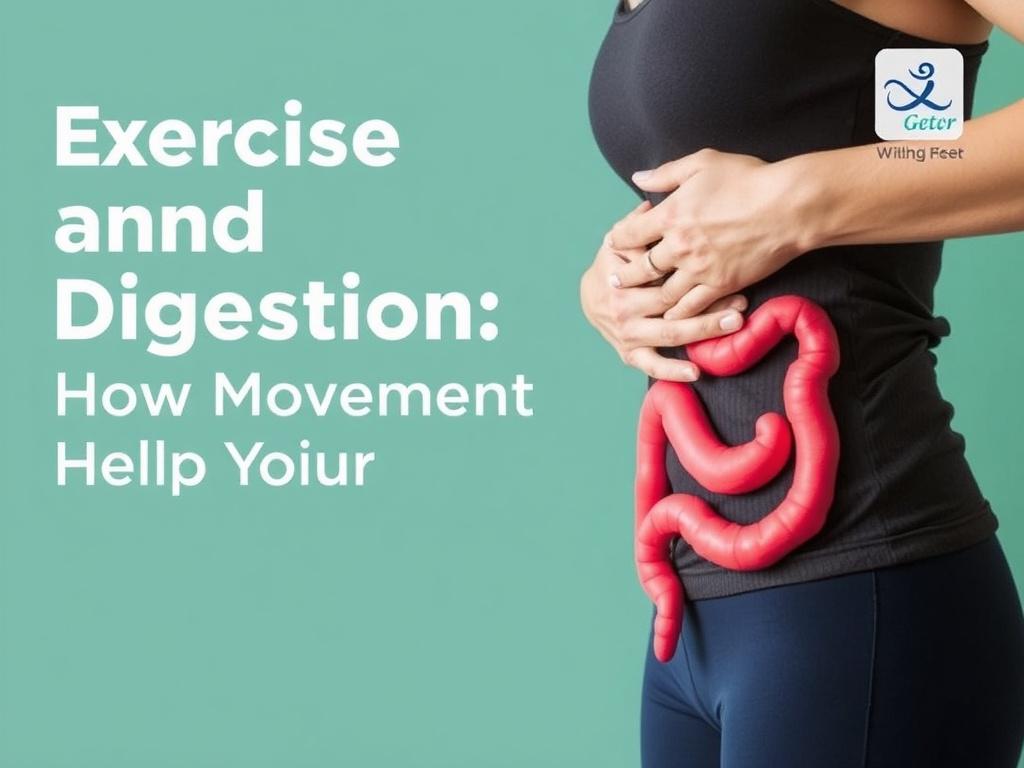
Gut motility is often overlooked when people talk about digestion, but it’s absolutely vital. The muscles in your digestive system’s walls contract in a coordinated rhythm to push food, fluids, and waste through your GI tract. Digestive issues like constipation or slow digestion often occur when this motility is compromised.
Exercise enhances gut motility primarily through increased blood flow and stimulation of the autonomic nervous system, which controls involuntary functions, including digestion. For instance, after a brisk walk, many people experience the urge to use the restroom—this is your body’s way of signaling enhanced gut motility.
Another benefit is that exercise can help reduce symptoms of common gastrointestinal problems like irritable bowel syndrome (IBS). Especially with moderate aerobic activity and yoga, patients often report less bloating and cramping. The gentle movements may help regulate bowel movements without overstimulating the gut.
Can Exercise Help with Acid Reflux and Heartburn?
Acid reflux and heartburn are common digestive troubles that might seem unrelated to movement, but exercise can help here too—if done right. Low-impact exercises, such as walking and swimming, improve gastric emptying and prevent stomach acid from lingering too long.
However, high-intensity workouts right after eating can sometimes worsen acid reflux symptoms. This happens because vigorous movement can increase abdominal pressure or cause stomach contents to move back up into the esophagus. The key is to time your exercise sessions away from heavy meals.
Exercise and the Microbiome: A Gut Health Game-Changer
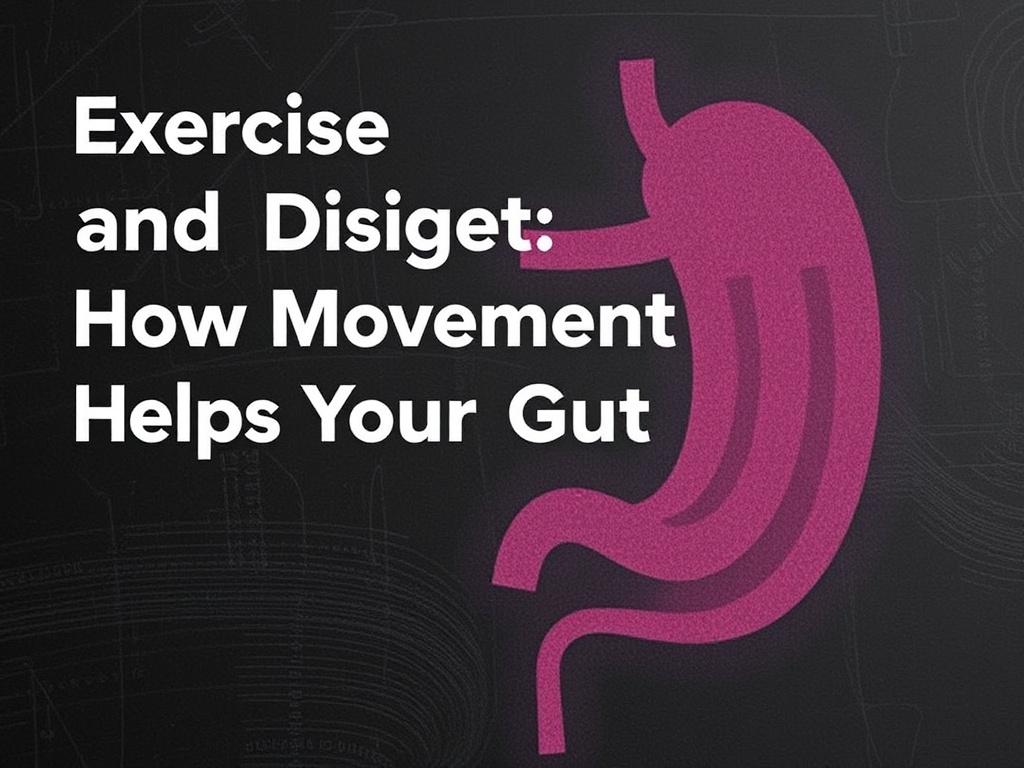
Your gut microbiome is an entire ecosystem of bacteria that plays a huge role in how well you digest food and how your immune system functions. You might be surprised to learn that exercise supports this microbial community in remarkable ways. Research shows that physically active individuals tend to have greater microbiome diversity, which is linked to healthier digestion and immunity.
Why does this happen? Exercise may reduce inflammation and improve the environment within the gut, making it more hospitable to beneficial bacteria. These microbes produce important compounds like short-chain fatty acids that nourish your gut lining and help regulate bowel function.
The interplay between exercise and the microbiome is an exciting frontier in health research, with new discoveries emerging about how different types of activity influence gut bacteria differently.
Tips for Using Exercise to Improve Your Digestion
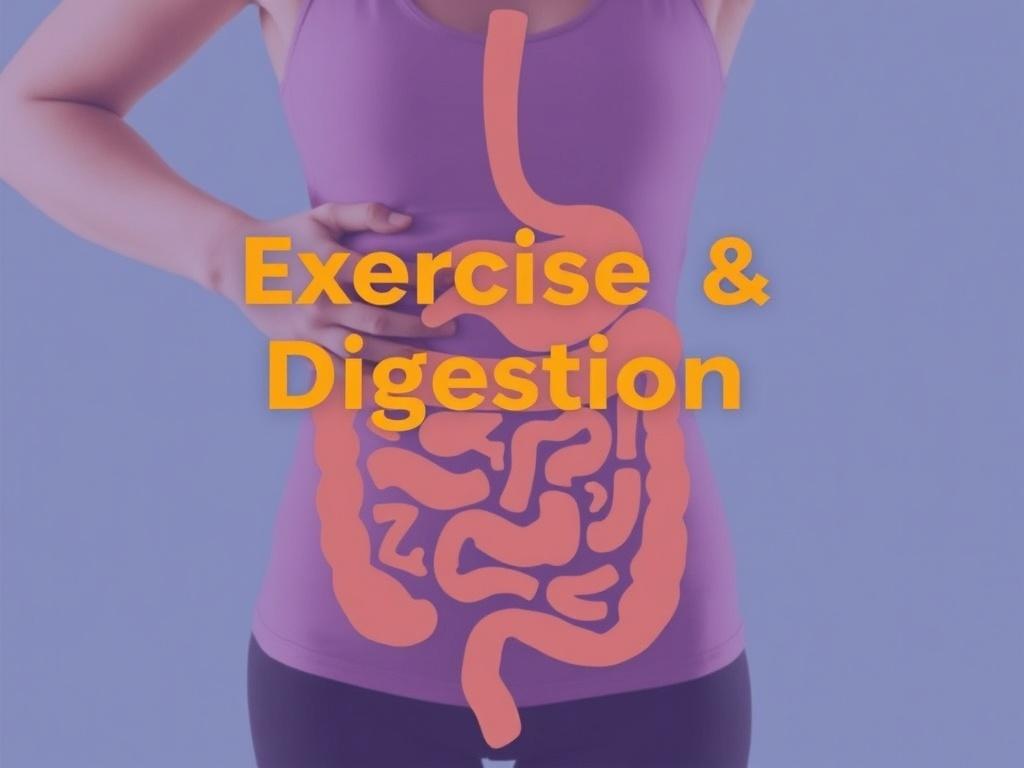
If you want to harness the power of movement to help your gut, here are some practical tips to get started:
- Start with gentle activity: Walking after meals is an excellent way to stimulate digestion without overwhelming your body.
- Incorporate yoga: Poses like twists and bends massage the abdominal area, aiding in digestive function.
- Time your workouts: Avoid heavy exercise immediately after eating; wait at least 1-2 hours.
- Stay hydrated: Water supports digestion and helps counteract any potential dehydration from exercise.
- Listen to your body: If you notice exercise aggravates any digestive symptoms, adjust intensity or type accordingly.
- Be consistent: Regular moderate exercise is better for your gut than sporadic bursts of intense activity.
A Sample Weekly Movement Plan to Support Digestion
Here’s a simple plan you can follow to weave digestion-friendly exercise into your routine:
| Day | Activity | Duration | Key Focus |
|---|---|---|---|
| Monday | Brisk walking | 30 minutes | Stimulate gut motility |
| Tuesday | Yoga session | 45 minutes | Relax and massage digestive organs |
| Wednesday | Strength training (light weights) | 30 minutes | Improve core strength |
| Thursday | Rest or gentle stretching | – | Recovery and relaxation |
| Friday | Swimming or cycling | 30 minutes | Enhance metabolism and circulation |
| Saturday | Yoga or Pilates | 40 minutes | Improved blood flow and stress relief |
| Sunday | Leisurely walk | 30 minutes | Easy gut stimulation |
Common Myths About Exercise and Digestion
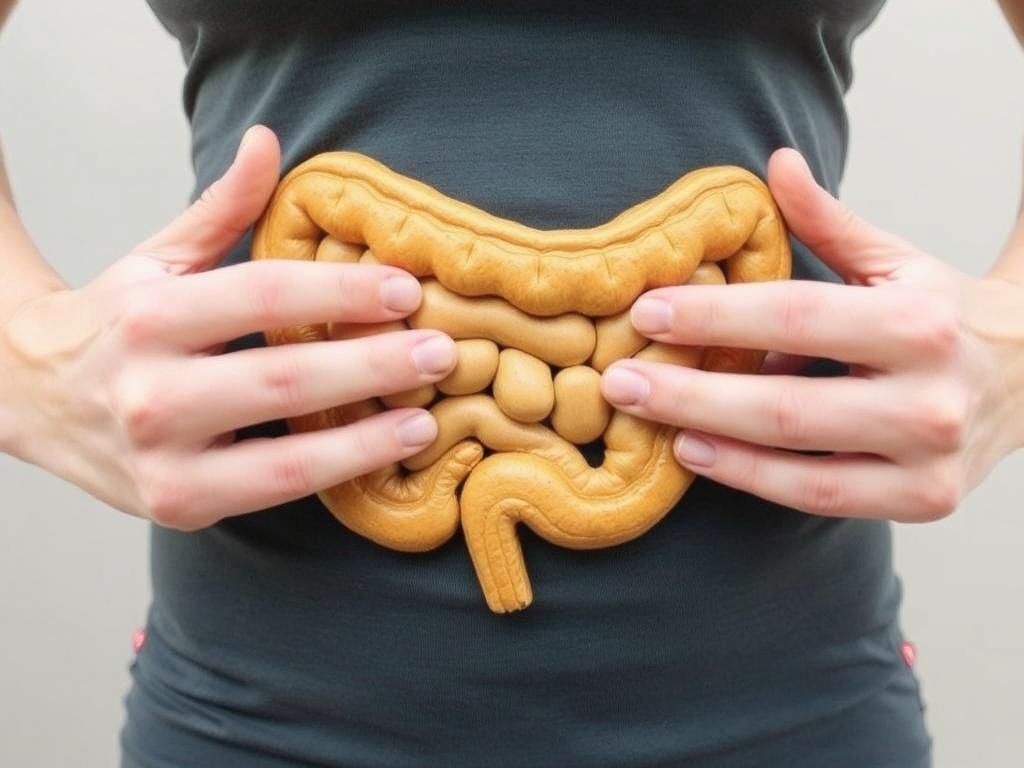
There are plenty of myths that surround exercise and digestive health. Let’s bust some of the most common ones to get a clearer understanding:
- Myth: “You shouldn’t exercise if you have digestive problems.”
Fact: Moderate movement often improves digestive symptoms, but high-intensity workouts may require timing adjustments. - Myth: “Exercise can cause diarrhea.”
Fact: While intense exercise may trigger gut upset in some cases, regular moderate activity typically helps regulate bowel movements. - Myth: “Running right after eating is good for digestion.”
Fact: Running immediately after meals can worsen acid reflux; it’s better to wait at least an hour. - Myth: “Only aerobic exercise benefits digestion.”
Fact: Strength training and mindfulness-based exercises like yoga also support good digestive health in different ways.
The Role of Stress and How Exercise Helps Digestion Here
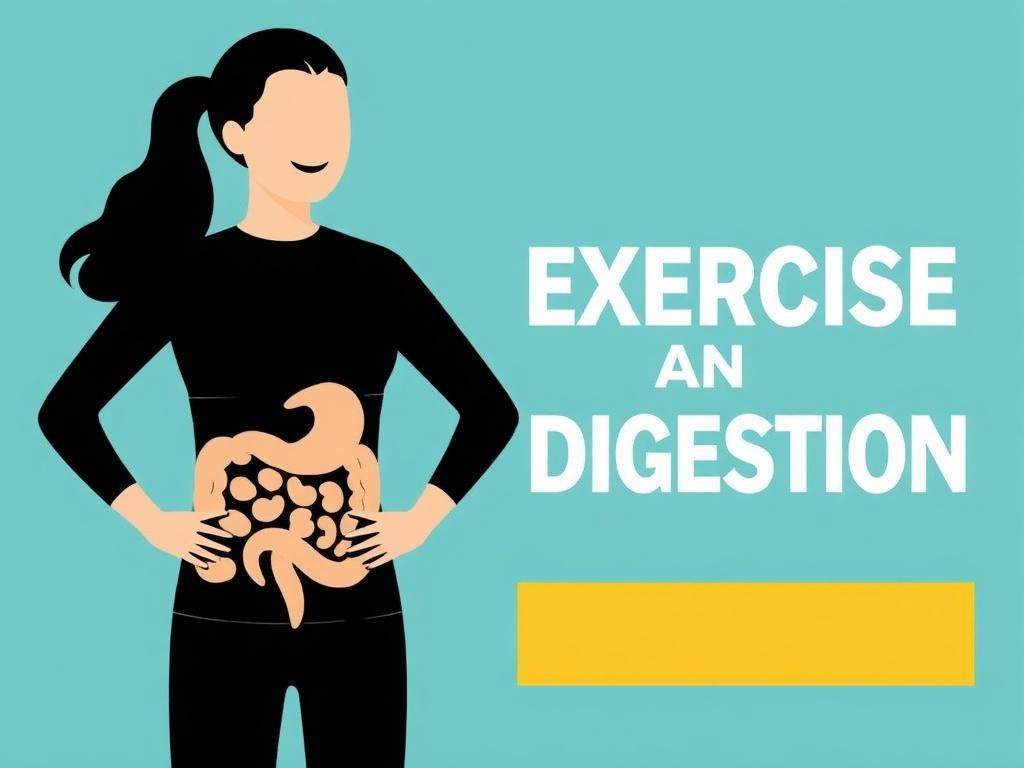
Another critical piece of the puzzle is stress. Many digestive issues are exacerbated by stress, which impacts the gut-brain axis—a bidirectional communication between your gastrointestinal system and your brain. Stress can slow digestion, cause cramping, or trigger symptoms of IBS.
Exercise acts as a powerful stress reliever, releasing endorphins and calming the nervous system. Practices like yoga and tai chi specifically target both physical and mental tension, creating a soothing environment for your gut to work efficiently.
In fact, by reducing stress through regular exercise, many people experience fewer flare-ups of digestive discomfort, making their gut happier and healthier.
Exercise for Special Digestive Conditions
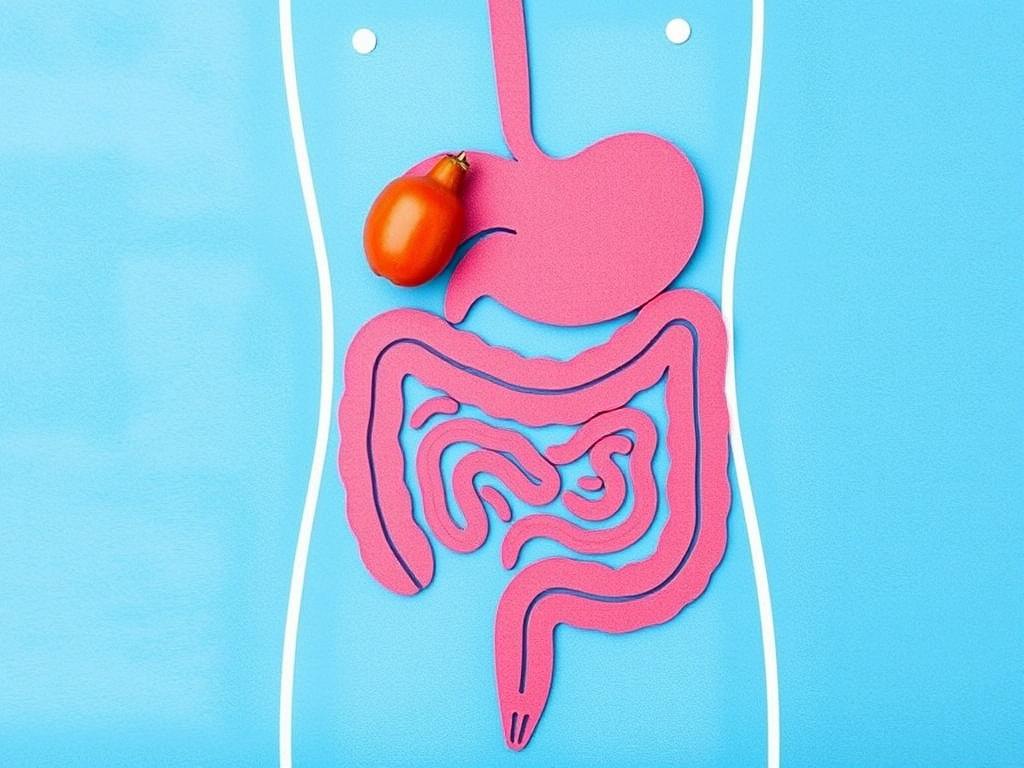
While moderate exercise is generally beneficial for everyone, certain digestive conditions require a bit more care:
- IBS (Irritable Bowel Syndrome): Mild to moderate aerobic activity and yoga can reduce severity of symptoms.
- GERD (Gastroesophageal Reflux Disease): Avoid high-impact exercises right after eating; focus on gentle movement and posture improvement.
- Constipation: Regular walking and stretching help promote bowel regularity.
- Inflammatory Bowel Disease (IBD): Exercise should be tailored to energy levels and symptom severity, but gentle movement often supports gut function.
Always consult with a healthcare professional to create an exercise plan suited to your unique digestive health needs.
Hydration and Nutrition: Partners to Exercise for Better Digestion
0
Exercise alone isn’t the full story when it comes to improving digestion. Proper hydration and nutrition must accompany movement to truly optimize gut health. Water keeps everything flowing smoothly and dilutes stomach acids. Eating fiber-rich foods combined with exercise creates an ideal environment for good digestion.
Consider pairing your physical activity with mindful eating habits, such as not rushing meals and avoiding foods that trigger your digestive discomfort. Together, these lifestyle choices maximize the beneficial effects of exercise on your gut.
Summary Table: Key Factors to Support Digestion with Exercise
| Factor | Tips | Benefits |
|---|---|---|
| Exercise Type | Mix walking, yoga, and moderate cardio | Enhances motility and reduces stress |
| Timing | Wait 1-2 hours after meals to exercise | Prevents reflux and discomfort |
| Hydration | Drink water before, during, and after exercise | Keeps digestion smooth |
| Consistency | Exercise regularly, avoid extreme intensity | Supports long-term gut health |
| Stress Management | Include mindfulness and relaxation techniques | Reduces gut symptoms aggravated by stress |
Exercise and Digestion: What You Should Remember
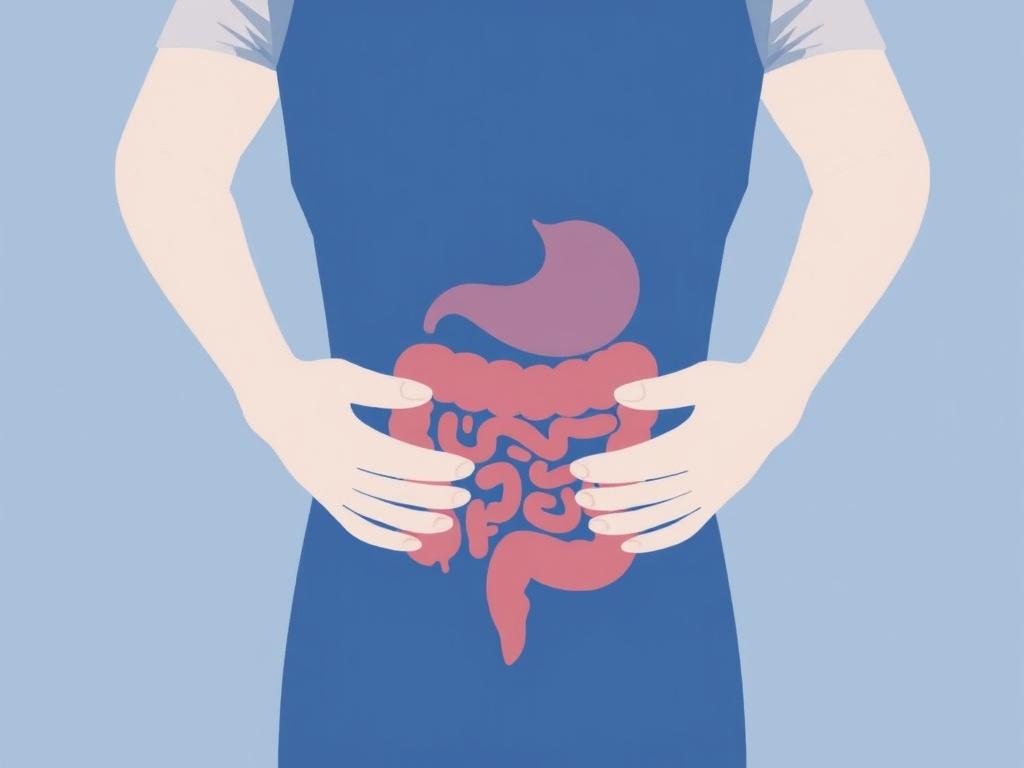
To sum up this extensive exploration, there’s no doubt that exercise plays a vital and multifaceted role in supporting digestion. By promoting gut motility, improving microbiome diversity, reducing stress, and enhancing metabolism, movement is a powerful tool letting you take control of your digestive well-being. It’s not about intense workouts or punishing your body but about consistent, mindful activity that respects your digestive cycle.
Incorporate gentle to moderate exercise into your daily routine, listen to your body’s signals, and complement movement with proper nutrition and hydration. Your gut will thank you with improved digestion, more regular bowel movements, and fewer discomforts. Remember, your digestive health is a cornerstone of overall wellness, and exercise is a key partner in the journey towards feeling your best every day.
Conclusion
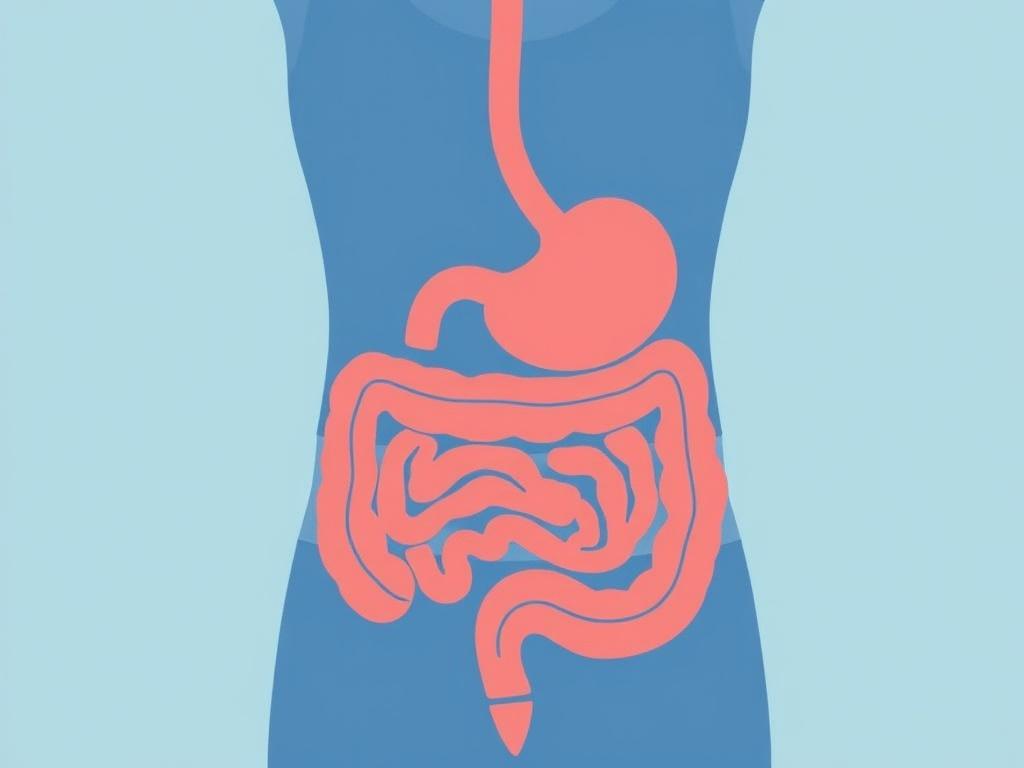
Exercise and digestion are intimately connected in ways that can positively transform how you feel on a daily basis. Movement stimulates gut motility, supports a healthy microbiome, reduces stress, and helps manage common digestive issues like bloating, constipation, and acid reflux when approached thoughtfully. By choosing the right types of activity, timing your workouts well, and maintaining consistency, you can leverage the power of exercise to promote optimal digestive health. Remember, the goal is to make gradual, sustainable changes that make your gut function better and your body feel great. So lace up those shoes for a walk, roll out your yoga mat, or enjoy a swim—your gut will thank you for every step you take.
Читайте далее: